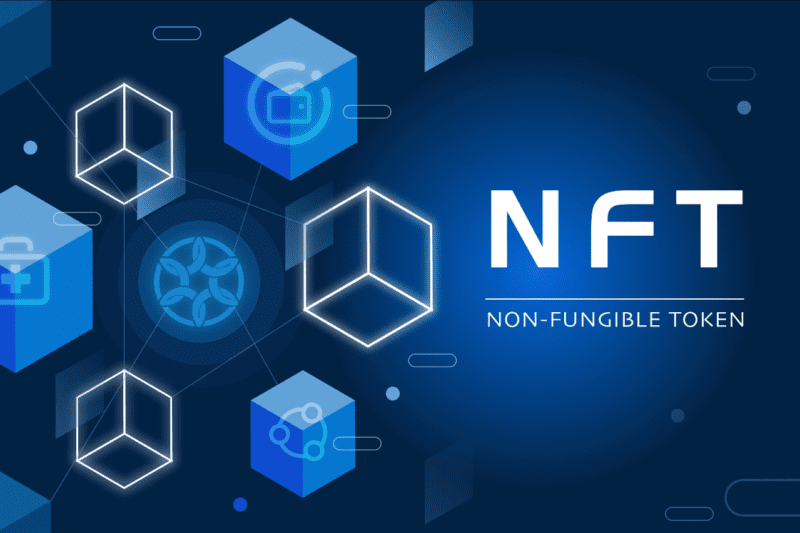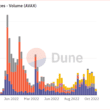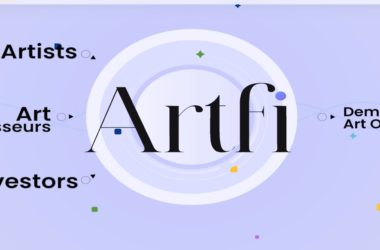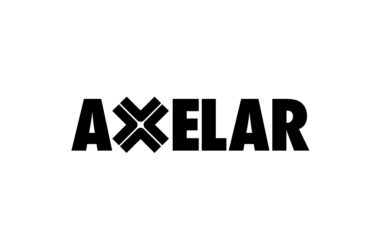Quick take:
- The new licenses require royalty payment for receiving licensing to an NFT’s art and utility.
- The licenses will be made available under creative commons.
- Animoca Brands aims to create a legal framework to ensure that NFT royalties are enforceable.
Animoca Brands co-founder and CEO, Yat Siu, announced on Wednesday that the company will be introducing a new set of licenses that require the payment of creator royalties as a condition to receive licensing to an NFT’s art and utility.
According to Yat Siu, these licenses will enable creators to remove utility from any NFT protected by this framework that is transacted without royalties. The creators can also take legal action if third parties and marketplaces attempt or enable the circumvention of creator royalties required by the licenses.
Animoca Brands will make the license agreement available under creative commons with an aim to create a legal framework to ensure that NFT royalties are enforceable. This would then make a marketplace legally liable when each NFT sale with unpaid royalties will accrue a liability that can then be legally enforced.
6/ There are clear downsides to denying royalties: it’s bad for the industry, decentralization & against the ethos of Web3 +also unethical and without a clear legal framework, marketplaces remain able to sell without respecting creator royalties https://t.co/IXRSGIeLQb
— Yat Siu (@ysiu) November 9, 2022
In an NFT royalties report published by Web3 media company, PROOF, NFT collectors have paid creators over $1.5 billion in royalties over the past year. “Unlike incentive structures in traditional art, royalties enable NFT creators to financially grow with their projects. Bored Ape Yacht Club (BAYC) made just 800 ETH off mint but has generated 18,500 ETH in royalties,” the report stated.
Zero-royalty marketplaces have grown in popularity in recent months as projects such as Karafuru, Zipcy, and 3landers have generated more royalty than the value of their entire collections combined. NFT Worlds, once a large-cap project, has generated 5,200 ETH in royalties, yet the project floor is just 0.6 ETH, leaving collectors at a loss.
In response to that, collectors have been pushing for zero royalties, leading to SudoSwap launching a zero-royalties marketplace and x2y2 followed suit. Since the emergence of zero or optional royalties, 30-70 ETH are being held back from creators on marketplace trades on most days, according to the report.
Yat Siu believes that the choice to offer zero royalties should be left up to the creators instead of marketplaces and the NFT licensing agreement “retains the core principle of Web3, the freedom of choice for the creators benefit”.
He joins Yuga Labs and OpenSea on the ongoing creator royalties debate as the leading marketplace launched an on-chain tool to enforce NFT royalty fees on new collections following an outcry against its previous optional royalties.
Last week, Solana-based fine art NFT marketplace, Exchange.Art, launched its very own “Royalties Protection Standard”. MOOAR, a profile picture (PFP), creator-centric NFT marketplace, is ensuring that creators are paid their dues with a royalty policy of 0.5 -10% with 2% default when a collection is minted.
On Nov 9, Rarible also chimed in, saying that it honours creator royalties as it seeks to draw more creators to to the platform.
Sign up to the world’s biggest crypto exchange Binance to buy and sell cryptocurrencies.
Stay up to date:





